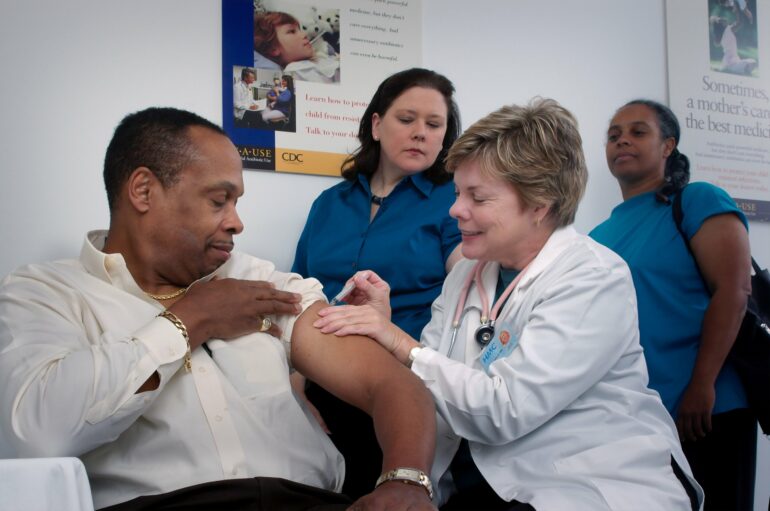More than half of volunteer community health care workers in 19 countries experience labor exploitation, including sub-minimum-wage pay and excess work hours, Mount Sinai researchers report in the first systematic review of the subject.
The researchers focused on two-tiered or dual-cadre programs, in which salaried community health workers work alongside a volunteer group of community health workers. The study, published in The Lancet Global Health on September 19, provides a global estimate of the presence, prevalence, and magnitude of labor exploitation among volunteer community health care workers.
The review also underscores the need for immediate attention to public policies that ensure fair compensation and safe working conditions for all community health care workers, which will subsequently improve the quality of care and overall health outcomes.
The study found that about 59% of unsalaried community health care workers in programs with both salaried and volunteer employees experienced labor exploitation, which is defined as pay below the country’s minimum wage coupled with excessive work hours or complex tasks.
A significant percentage of unsalaried community health care workers, or about 17% of volunteers in dual-cadre programs, would need to work 40 hours per week to fulfill their responsibilities. Therefore, a full work load on a voluntary basis, which may include complex tasks beyond the original role—known as “task shifting”—could result in workers experiencing distress from these working conditions, the researchers said.
“Volunteering is wonderful and should be encouraged, but volunteers should not bear the responsibility for delivering essential health services,” said senior author Madeleine Ballard, Ph.D., Assistant Professor of Global Health and Health System Design at the Arnhold Institute for Global Health, part of the Icahn School of Medicine at Mount Sinai. “It’s fundamentally exploitative to expect the poor to volunteer as a condition to guarantee their own right to health.”
Amidst the worldwide shortage of health care workers, dual-cadre community health worker programs are increasingly common, especially in low- or middle-income countries. Health care delivered by community health workers—a majority-female labor force—can improve health outcomes and equity, providing a return on investment of up to 10 to 1, according to a United Nations study. However, this review found that two-tiered community health worker programs can result in health care of subpar quality.
The team completed a systematic review of 117 peer-reviewed reports on unsalaried community health workers in 19 countries in the Pacific, sub-Saharan Africa, south Asia, and east Asia that were published between 1988 and 2021. They extracted data on salaries, workload, task complexity, and self-reported experiences. Work hours of 10 hours or more per week for unsalaried community health workers, and 48 hours or more per week for salaried community health workers, met the threshold for exploitation in the review.
The researchers concluded that labor laws should be upheld and fair contracts prioritized, while volunteers should not bear the majority of the responsibilities for delivering essential health services and should be able to contribute to policy decisions.
The Mount Sinai team said future patient care strategies should focus on optimizing the roles and responsibilities of community health care workers to ensure they can deliver effective services without being overburdened.
Community Health Impact Coalition, a nonprofit directed by Ballard, co-led this study.
More information:
Madeleine Ballard et al, Labour conditions in dual-cadre community health worker programmes: a systematic review, The Lancet Global Health (2023). www.thelancet.com/journals/lan … (23)00357-1/fulltext
Provided by
The Mount Sinai Hospital
Citation:
Certain community health care worker programs often exploit volunteers, researchers report (2023, September 19)
